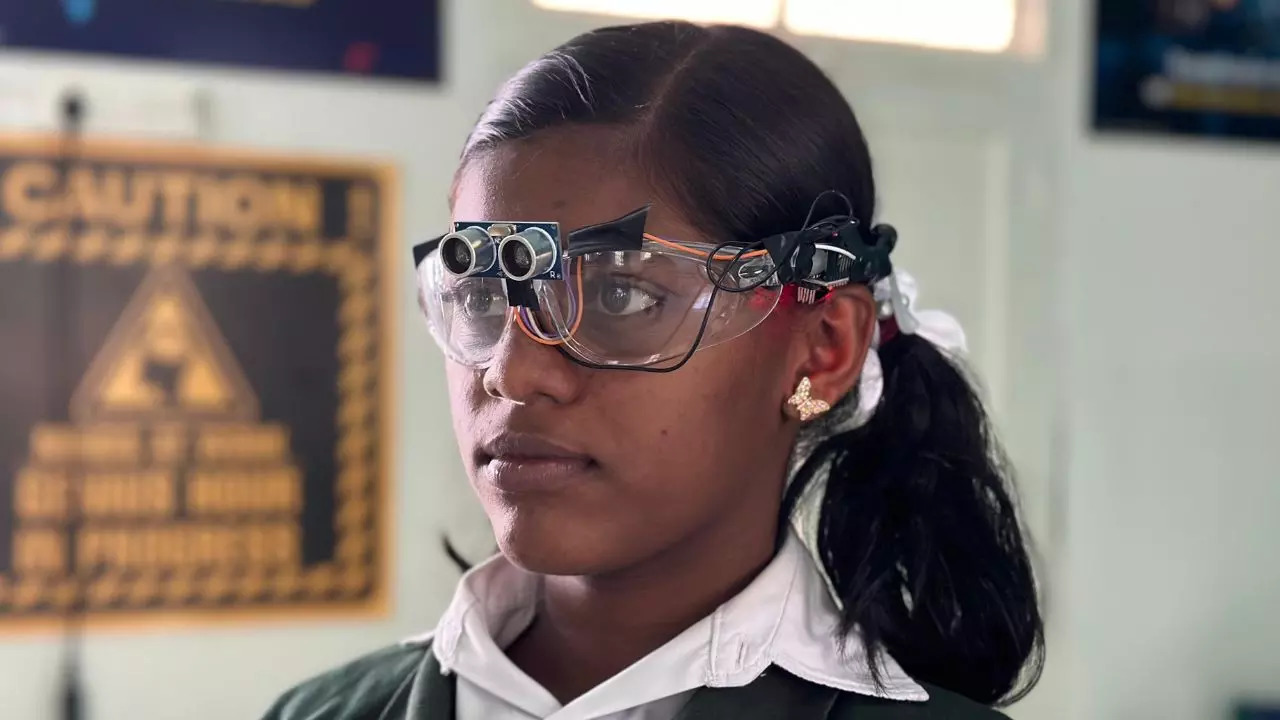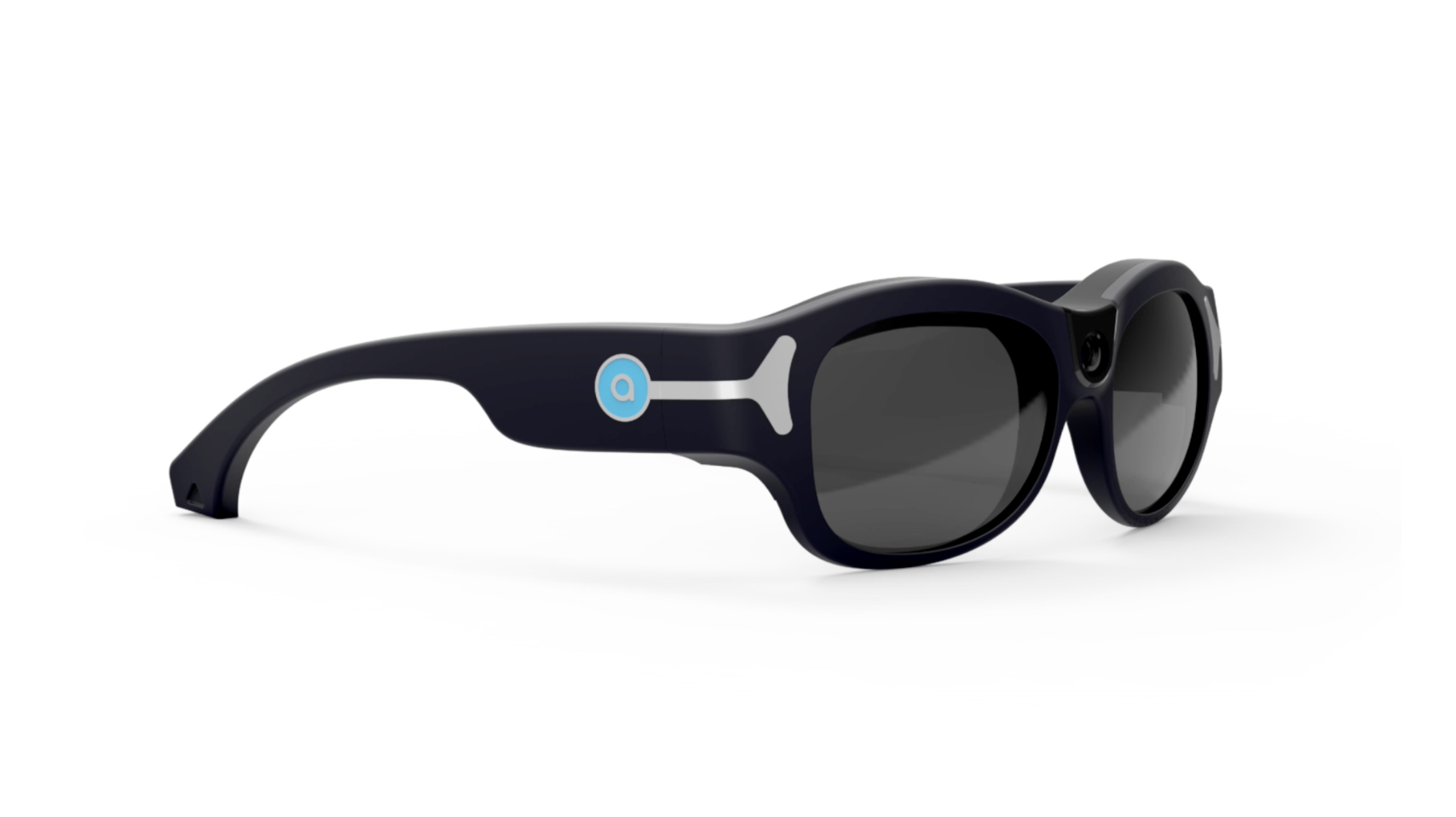Mobility Aids for Visually Impaired Users: Enhancing Independence and Navigation
Mobility Aids for Visually Impaired Users: Enhancing Independence and Navigation
Blog Article
Ingenious Solutions in Assistive Modern Technology for Visual Problems
The landscape of assistive innovation for visual disability is progressing rapidly, providing a series of cutting-edge options that improve availability and self-reliance. From innovative mobile phone applications that assist in navigating to wearable tools designed for real-time guidance, these tools are reshaping the experiences of those with aesthetic problems. The integration of clever home innovations and academic resources has the possible to promote higher community involvement. The ramifications of these advancements elevate critical concerns about their access and efficiency in diverse contexts, calling for a closer assessment of their broader influence.
Developments in Mobile Phone Applications
In recent times, innovations in smartphone applications have substantially transformed the landscape of assistive innovation for individuals with visual impairments. These applications take advantage of the powerful sensing units and capabilities of contemporary mobile phones to offer users with devices that enhance independence and accessibility in their lives.
Noteworthy among these technologies are applications made for item recognition, which make use of the smart device's cam to identify items and supply verbal summaries. Such functions equip individuals to browse their environments much more successfully, whether recognizing items in shops or situating individual valuables in your home. Furthermore, text-to-speech applications have boosted drastically, allowing individuals to capture printed message with their device's video camera and receive instant sound responses, consequently assisting in analysis and understanding.
Community-driven applications have actually promoted social communication and resource sharing amongst individuals with aesthetic disabilities, producing a supportive network that improves their quality of life. In general, smart device applications have ended up being indispensable allies in advertising freedom and accessibility for people with visual disabilities.
Wearable Devices for Navigation
Wearable tools for navigation have emerged as a groundbreaking option for people with aesthetic impairments, supplying hands-free support that boosts wheelchair and positioning. These devices usually use advanced technologies, including GPS, ultrasonic sensing units, and man-made intelligence, to supply real-time responses and instructions to customers as they browse their atmosphere.
One remarkable instance of wearable navigation modern technology is smart glasses, which can detect obstacles and relay auditory or haptic feedback to the wearer, permitting effective and risk-free motion in different setups. Other tools, such as belts and vests furnished with sensors, can likewise notify users of their surroundings by providing alerts about nearby things or changes in surface.
In addition, lots of wearable gadgets integrate with smart device applications, allowing individuals to personalize their navigation choices and get customized course pointers. This customization can substantially enhance the customer experience, equipping individuals to take a trip with greater confidence and freedom.
As innovation continues to create, the capacity for wearable navigating devices to boost the quality of life for individuals with visual problems remains significant, leading the way for more comprehensive and easily accessible atmospheres.
Smart Home Technology Integration

Additionally, wise appliances geared up with tactile interfaces or auditory responses give user-friendly communications that cater especially to the demands of those with visual disabilities. For example, wise fridges can introduce their contents and expiry dates, while wise stoves can guide individuals via the cooking process with audio guidelines.
Home automation systems, such as clever buzzers Read More Here and security cams, supply peace of mind by allowing customers to obtain alerts and gain access to live feeds by means of their mobile phones, improving personal safety (AI-powered visual aids). Additionally, integration with tablet computers and smart devices makes sure that individuals can manage their home environment from anywhere within their premises
As clever home modern technology proceeds to advance, address it holds the possible to change the living experiences of people with visual disabilities, promoting self-reliance and enhancing lifestyle in a progressively connected world.

Educational Devices and Resources
Accessibility to effective instructional tools and resources is vital for individuals with aesthetic impairments, as it equips them to engage fully in their understanding experiences. Different assistive innovations have actually been developed to enhance ease of access and foster independent learning. Display visitors, for circumstances, convert text right into speech, permitting trainees to accessibility digital material effortlessly. AI-powered visual aids. Furthermore, refreshable braille screens supply tactile responses, making it much easier for students to interact with composed product.
In addition, academic software program especially created for visually impaired individuals offers functions such as high-contrast settings and personalized text sizes. These devices fit varied discovering styles and make certain that trainees can tailor their academic experience to their demands.
Furthermore, access to audio books and virtual libraries broadens the series of available understanding materials, allowing trainees to discover topics comprehensive without the restrictions imposed by standard print resources. Joint systems that integrate accessibility attributes also facilitate group projects, guaranteeing that aesthetically impaired trainees can add meaningfully together with their peers.
Area Assistance and Engagement
A durable network of area assistance and interaction is vital click site for people with aesthetic problems, fostering an inclusive atmosphere where they can prosper. Area companies, neighborhood advocacy teams, and volunteers play a pivotal function in giving resources, information, and friendship, which are vital for improving the high quality of life for those impacted by visual impairments.
Involvement tasks such as workshops, social events, and support system not just help with ability development but additionally advertise social interaction, decreasing sensations of isolation. These efforts encourage people to share experiences, successes, and challenges, consequently strengthening community bonds. Additionally, collaborations with neighborhood organizations can lead to greater availability in public rooms, further integrating individuals with aesthetic problems right into the community.
Innovation likewise improves area engagement with online systems that offer online support groups and resources, enabling individuals to attach regardless of geographical barriers. By utilizing both digital and in-person options, communities can produce a thorough support network. Eventually, promoting partnership among numerous stakeholders-- including families, instructors, and health care specialists-- makes sure that individuals with aesthetic problems get the holistic assistance necessary to browse every day life properly and with dignity.
Conclusion
Ingenious solutions in assistive modern technology for visual impairment significantly improve the high quality of life for individuals facing these obstacles. The assimilation of smart device applications, wearable tools, smart home modern technology, and educational tools fosters better freedom and accessibility. Moreover, area assistance and interaction additional empower aesthetically impaired individuals, promoting inclusivity and participation in various aspects of life. Jointly, these improvements not just transform everyday experiences however also lead the method for a much more equitable society.
The landscape of assistive technology for aesthetic disability is progressing rapidly, presenting an array of cutting-edge options that improve ease of access and independence. Community-driven applications have cultivated social communication and resource sharing amongst people with aesthetic problems, developing a supportive network that enhances their top quality of life. Generally, mobile phone applications have actually ended up being important allies in promoting autonomy and ease of access for people with visual problems.
Lots of individuals with visual impairments are locating higher freedom with the integration of clever home modern technology.Innovative options in assistive technology for aesthetic impairment significantly enhance the quality of life for individuals facing these challenges.
Report this page